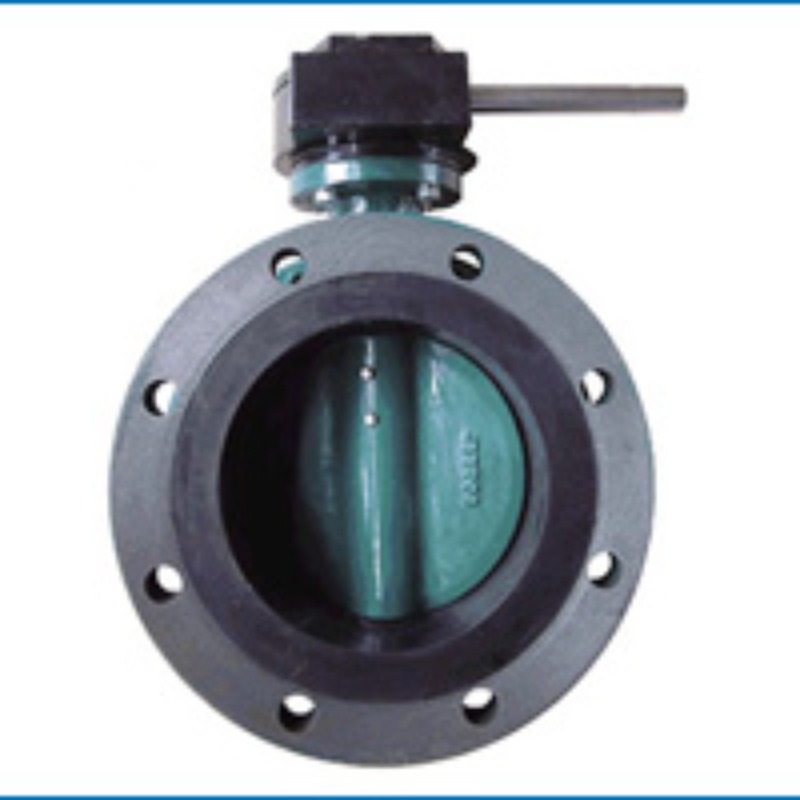Nov . 19, 2024 09:00 Back to list
Three-Position Air Valve for Versatile Fluid Control Applications
Understanding the Three-Way Air Valve Functionality and Applications
Air valves play an essential role in various industrial and mechanical systems, where controlling the flow of air or gas is crucial. Among these, the three-way air valve stands out due to its versatility and efficiency. This article explores the workings of a three-way air valve, its advantages, and its applications across different industries.
What is a Three-Way Air Valve?
A three-way air valve is designed to manage airflow in three distinct directions, allowing for multiple operational configurations. Typically, it consists of three ports one inlet and two outlets (or vice versa). By manipulating these ports, the valve can redirect airflow, either combining flows from different sources or splitting the air to different destinations.
The most common types of three-way valves include the T valve and the L valve, each serving unique purposes. The T valve connects all three ports, allowing any of them to be the inlet while the others serve as outlets. In contrast, the L valve effectively directs air between two outlets based on the valve's position.
Mechanisms and Operation
The operation of a three-way air valve can be manual or automated. Manual valves often employ a simple lever or knob that operators can adjust to switch between different airflow routes. Automated valves, on the other hand, are usually controlled by pneumatic, electric, or solenoid mechanisms, allowing for precise control and fast operation based on various signals.
Because of their design, three-way air valves can function as either control valves or mixing valves. In control applications, they can modulate the flow of air, ensuring optimal performance in pneumatic systems. In mixing applications, they blend air from different sources, which is particularly useful in processes requiring precise mixtures of gases, such as in chemical or food processing industries.
three way air valve

Advantages of Three-Way Air Valves
One of the primary advantages of three-way air valves is their ability to save space and simplify piping configurations. Instead of using multiple separate valves to achieve the same effect, a single three-way valve can efficiently manage airflow. This not only reduces the amount of piping needed but also minimizes potential points of failure.
Additionally, three-way air valves enhance system flexibility. Operators can quickly modify airflow routes based on changing operational requirements, making it easier to adapt to different tasks without significant downtime. This adaptability is especially crucial in industries like manufacturing, where processes are often subject to frequent adjustments.
Applications in Various Industries
Three-way air valves find applications in numerous sectors, including manufacturing, automotive, HVAC (heating, ventilation, and air conditioning), and more. In manufacturing, for example, these valves regulate airflow in pneumatic systems, controlling the operation of air-driven tools and machinery. In HVAC systems, they help manage the distribution of air throughout buildings, ensuring consistent temperatures and air quality.
Moreover, in the automotive industry, three-way air valves are used in intake systems and air conditioning systems to control airflow based on the vehicle's operational conditions, enhancing efficiency and passenger comfort.
Conclusion
The three-way air valve is an indispensable component in modern industrial systems, providing flexibility, efficiency, and improved control over airflow. As technology continues to evolve, the capabilities and applications of these valves are expected to expand further, reinforcing their importance in various sectors. Understanding their functionality and benefits can help industries optimize their operations and achieve better performance levels.
Share
-
Reliable Wafer Type Butterfly Valves for Every IndustryNewsJul.25,2025
-
Reliable Flow Control Begins with the Right Ball Check ValveNewsJul.25,2025
-
Precision Flow Control Starts with Quality ValvesNewsJul.25,2025
-
Industrial Flow Control ReliabilityNewsJul.25,2025
-
Engineered for Efficiency Gate Valves That Power Industrial PerformanceNewsJul.25,2025
-
Empowering Infrastructure Through Quality ManufacturingNewsJul.25,2025


